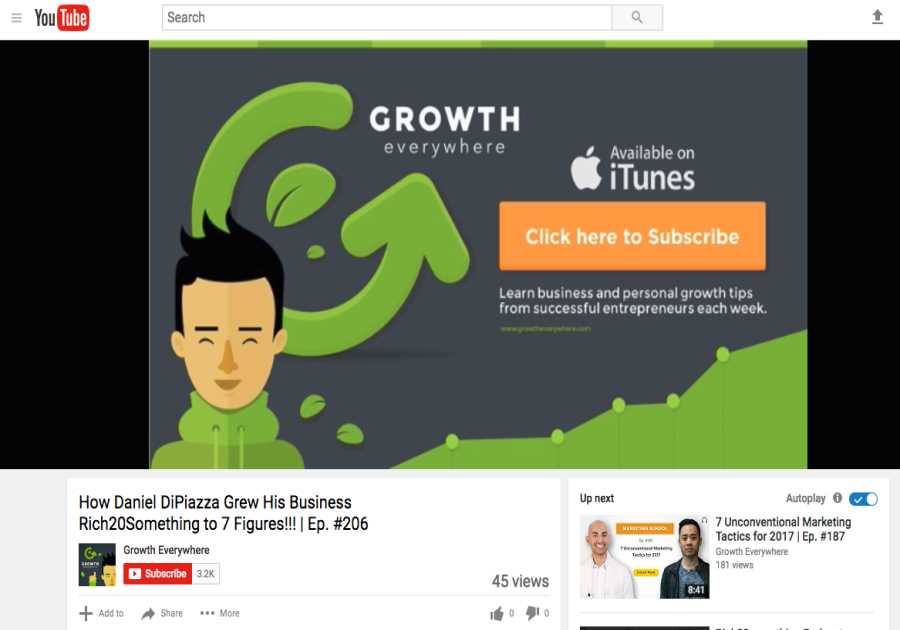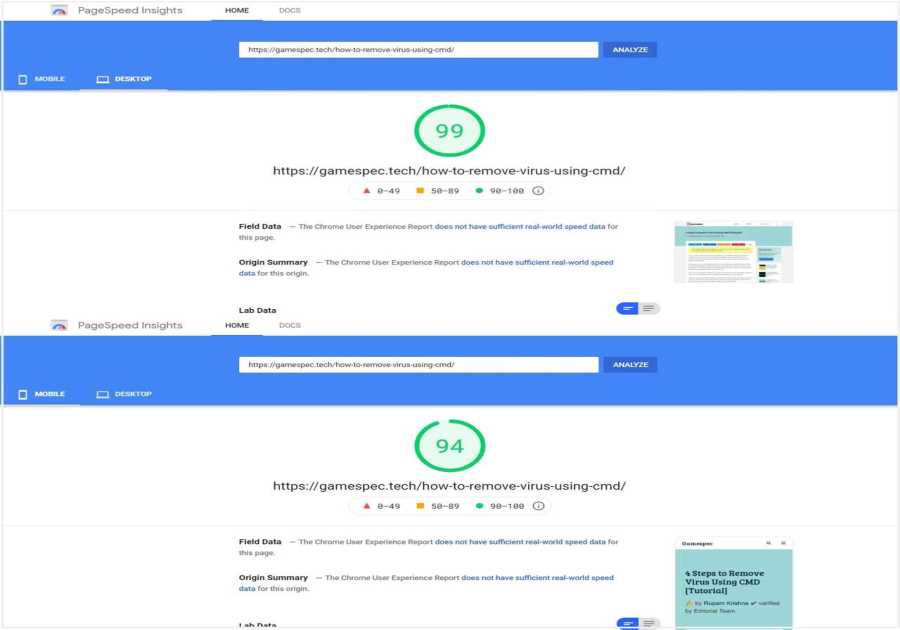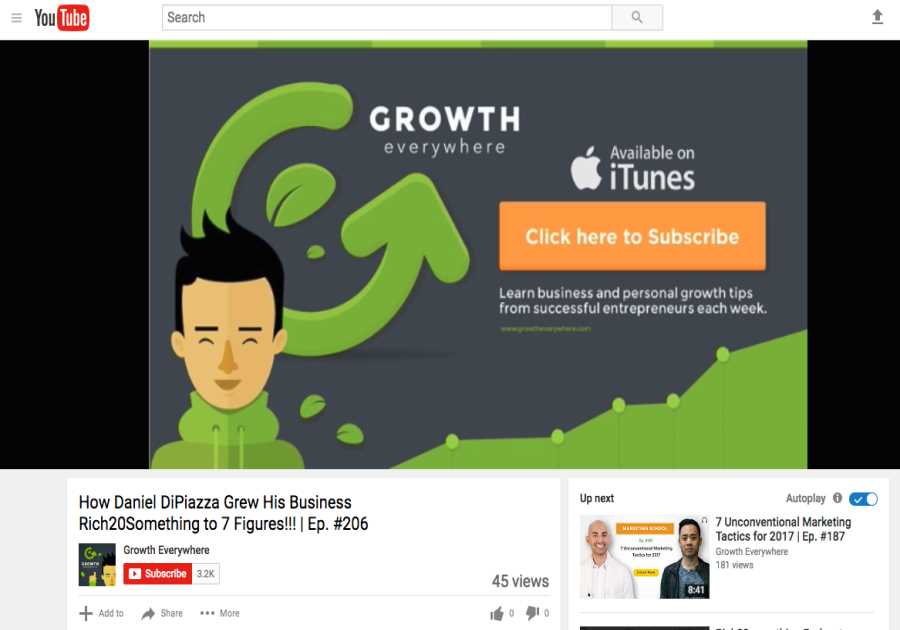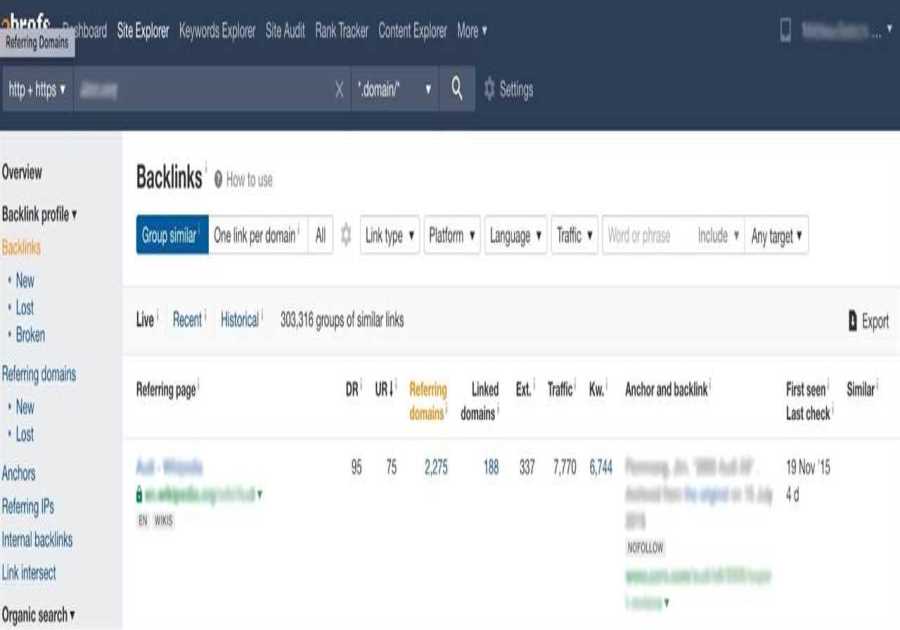
In a 2019 MediaKix report, 71% of marketers agreed that the quality of customers or traffic from influencer marketing was better than other marketing channels. So, we know influencer marketing can be a very profitable marketing strategy.
If you have been thinking about using this tactic but are unsure where to start, consider YouTube.
Unlike other platforms that are usually restricted by time (think TikTok and Instagram), YouTube celebrates long-form content. This creates space for influencers to deep dive into topics and give detailed reviews on products and services.
Beyond that, engagement rates on YouTube are the highest when compared to Instagram, Facebook, and Twitter, according to a 2020 Influencer Marketing Hub report.
Now that consumers are turning more to YouTube for uplifting content, this gives brands a huge opportunity to leverage the power of influencers on a platform known for high engagement.
So, what type of videos can influencers and brands collaborate on? Let's go through seven examples.
1. Day-in-the-Life Vlogs
One of the most natural ways influencers incorporate sponsored products into their YouTube videos is through day-in-the-life vlogs.
Usually done with a morning or daily routine video, the influencer will take viewers through their day and mention the product or service as part of their ritual.
In this video, Natalie Barbu gives her audience a peek into her daily routine, emphasizing her planning process. She covers the benefits of software like Asana and Google Calendar, and in the middle of her video, at the 9:03 mark, she introduces Skillshare.
What's effective about this style of product integration is that it fits in organically with the influencer's content. Some ads can be quite jarring and disrupt the user experience, which can lead to ad skips and video drop offs.
The video title sets the expectation that the focus of the video will be planning. So, when Barbu introduces Skillshare as a platform to learn new skills (including how to use Asana for planning), it's a smooth transition.
Another approach influencers take is mentioning the sponsor toward the end of the video.
This video shows influencer, Mayuko, showing her version of a productive work day. Near the end of the video (at the 7:08 mark), she thanks the brand, Nord VPN, for sponsoring the video and presents the benefits of using the software.
With this method, there's a risk that some viewers may not stick around to hear more about the sponsor, given that engagement rates fall toward the end of videos. However, the sponsor is mentioned at the beginning of the video and in the description box, providing additional opportunities for viewers to learn more about the brand.
2. Hauls
Shopping hauls and unboxing videos are some of the most popular videos on YouTube among fashion and lifestyle influencers. They can also be an effective way of showcasing sponsored products.
What's great about this type of video is that it doesn't require influencers to dedicate an entire video to a single product, but rather include that product within a broader category.
In this video, UK-based Influencer Patricia Otegwu, known as Patricia Bright on her channel, covers a wide range of luxury items that are great for the autumn season.
She starts the video by framing the importance of occasional "treat yo self" behavior. She then goes through a few items, explaining the reasoning behind each purchase. At the 5:01 mark, she introduces products from Lily Silk, which fits in perfectly with the theme of the video.
In addition, mentioning the product in the first half of the video gives the brand better odds of reaching more viewers.
3. Behind-the-Scene Tutorials
Another opportunity for seamless product integration is in behind-the-scenes content.
In this video, popular YouTube illusionist, Zack King, gives viewers a full breakdown of some of his illusions. So, how exactly does Google fit into this?
Well, King first uses Google Meet and a cool hand-through-TV illusion to introduce his conference room segment at the 1:59 mark. Because Google's platform promotes virtual conference meetings, it's a nice, subtle touch.
Then at the 3:53 mark, he introduces Google's Password Manager app to transition into his next trick. It's an example of how quickly and efficiently you can highlight sponsored content without distracting from the main purpose of the video.
4. How-Tos
It's one thing to explain to viewers how to do something. It's another to use a tool that will help them do it. Brands and influencers often use this approach to introduce new product lines to the public.
In a very meta example, Sean Cannell, from the popular channel Video Influencers, gives viewers tips on how to get sponsors on YouTube using the sponsored product, FameBit.
FameBit, recently rebranded to YouTube BrandConnect, helps connect brands with influencers and vice versa. With that in mind, the channel – and its viewership – likely aligns very well with the sponsored product.
Cannell does a quick overview of the platform's key features and spends the rest of the video detailing his personal experience with the product. The review is a great example of social proof, as that often carries more value than a simple product overview.
5. Comedy Sketches
People love to laugh, and some brands, like GEICO, are skilled at turning sour topics into funny ads that leave an impression.
In this video, comedian influencer Caleb Glass, of CalebCity, does a hilarious sketch in which he asks a psychic to prove their abilities by guessing what he ate that day. If the psychic gets the answer right, he agrees to commission the psychic to find a hidden inheritance and split the money with them.
This is where it gets good. The psychic guesses all the right ingredients but assumes that a dish that good had to be cooked by a chef. Glass slams the sponsored product, Devour Foods, on the table and tells the psychic they are wrong as the dish was prepared in the microwave. A screaming match ensues and the video ends with a product display.
Here's why this video works: It plays on the idea that microwavable food can't be delicious in the context of something completely different. Brands with playful identities can greatly benefit from using comedic influencers to promote their products.
6. Product Unboxing and Reviews
Nothing brings me as much joy as receiving a new product in the mail and opening it.
It seems a lot of us share that trait, as unboxing videos are very popular videos on YouTube. In this video style, viewers live vicariously through the influencer as they open up a product box and explore its features.
The success of this approach lies in the ability to attract viewers at or close to the decision-making stage.
When PlayStation released the new PS5, the brand collaborated with Justine Ezarik of iJustine, a tech, travel, and gaming influencer on YouTube, for this video. Often, brands will send influencers free products in exchange for unboxing videos and/or honest reviews on their platforms.
With much of Ezarik's channel focused on gaming technology, her subscribers likely fit PlayStation's target market and made her an ideal influencer to promote this new product. In the video, she comments on the product's futuristic look and lightweight controllers while adding B-roll footage for close-up shots of the PS5.
There are many ways to use this type of marketing on YouTube. What brands should prioritize when considering an influencer is whether the influencer's brand and values align with their own. Secondly, to produce influencer marketing campaigns that convert, it's also important that the influencer's audience fits the brand's user persona.
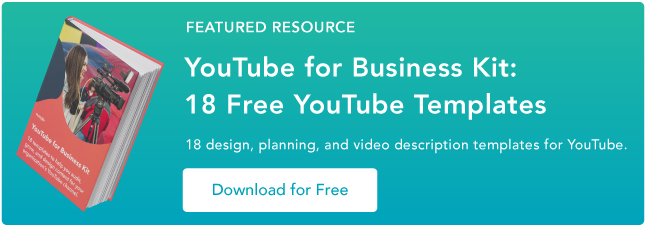

By: [email protected] (Martina Bretous)
Title: 7 Examples of Influencer Marketing on YouTube
Sourced From: Original article available: blog.hubspot.com/marketing/youtube-influencer-examples
Published Date: 2021 02 19
Did you miss our previous article...
https://internetmarketingworldwide.com/social-media/10-effective-linkedin-advertising-ideas


